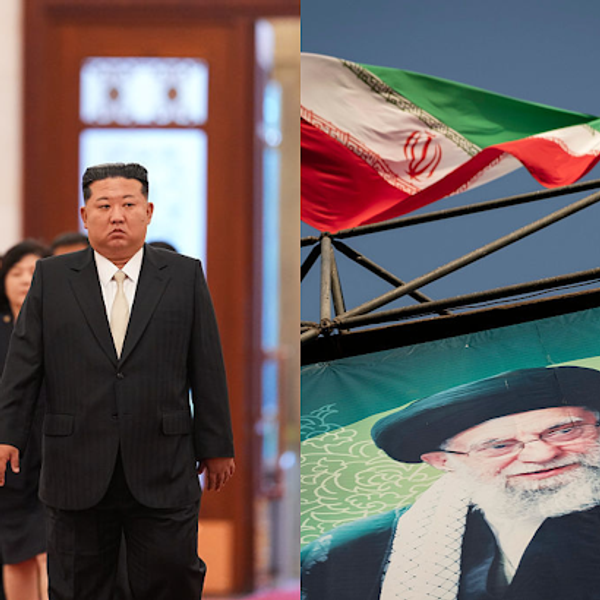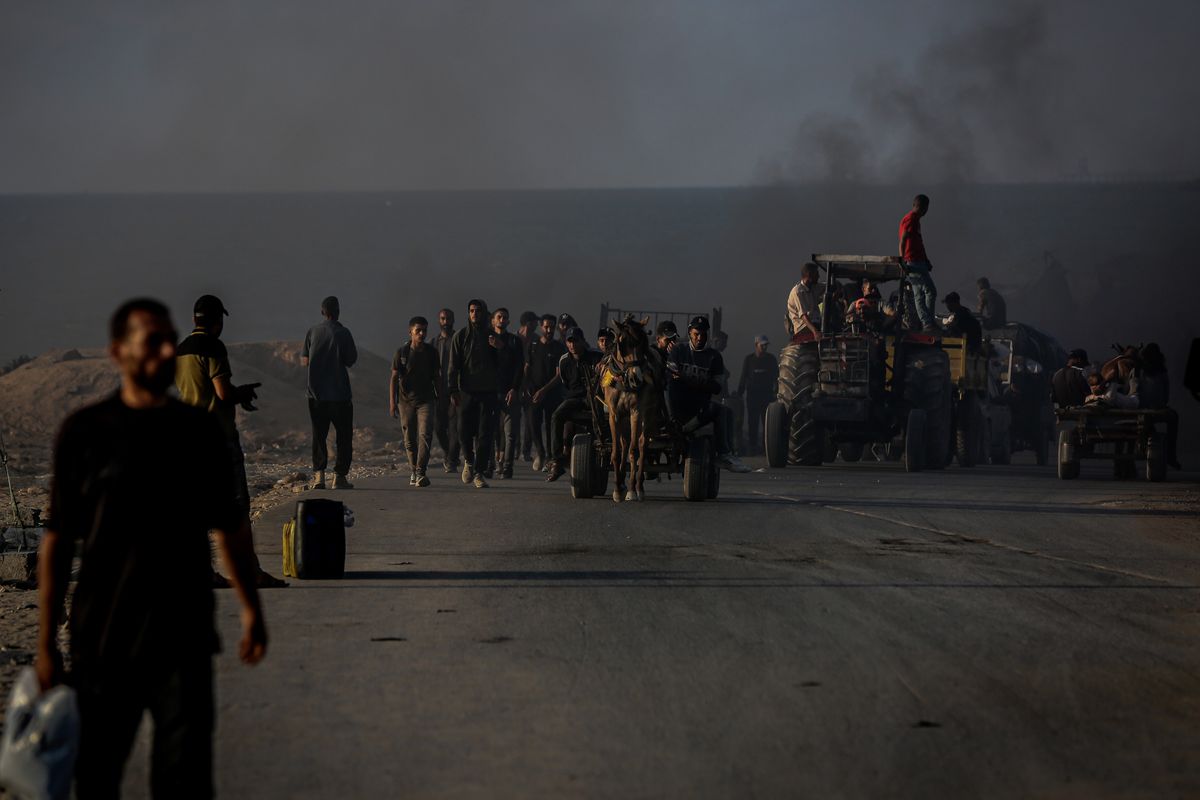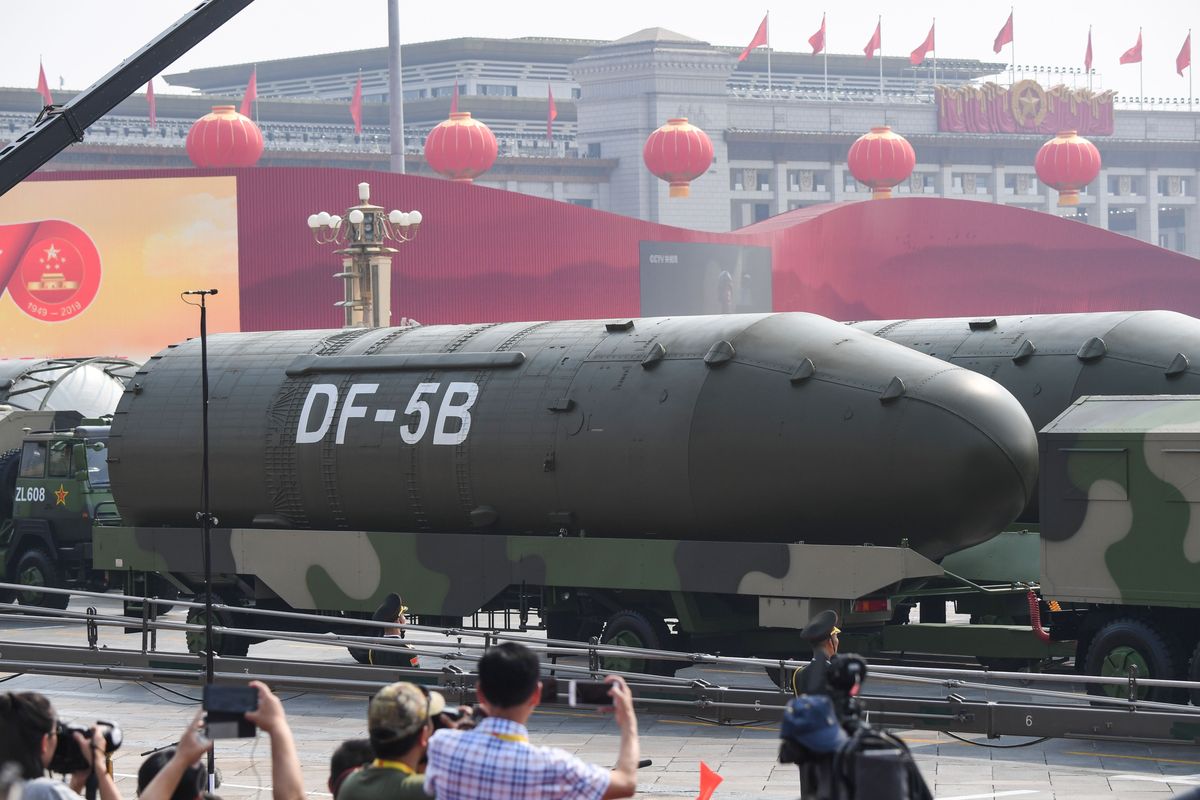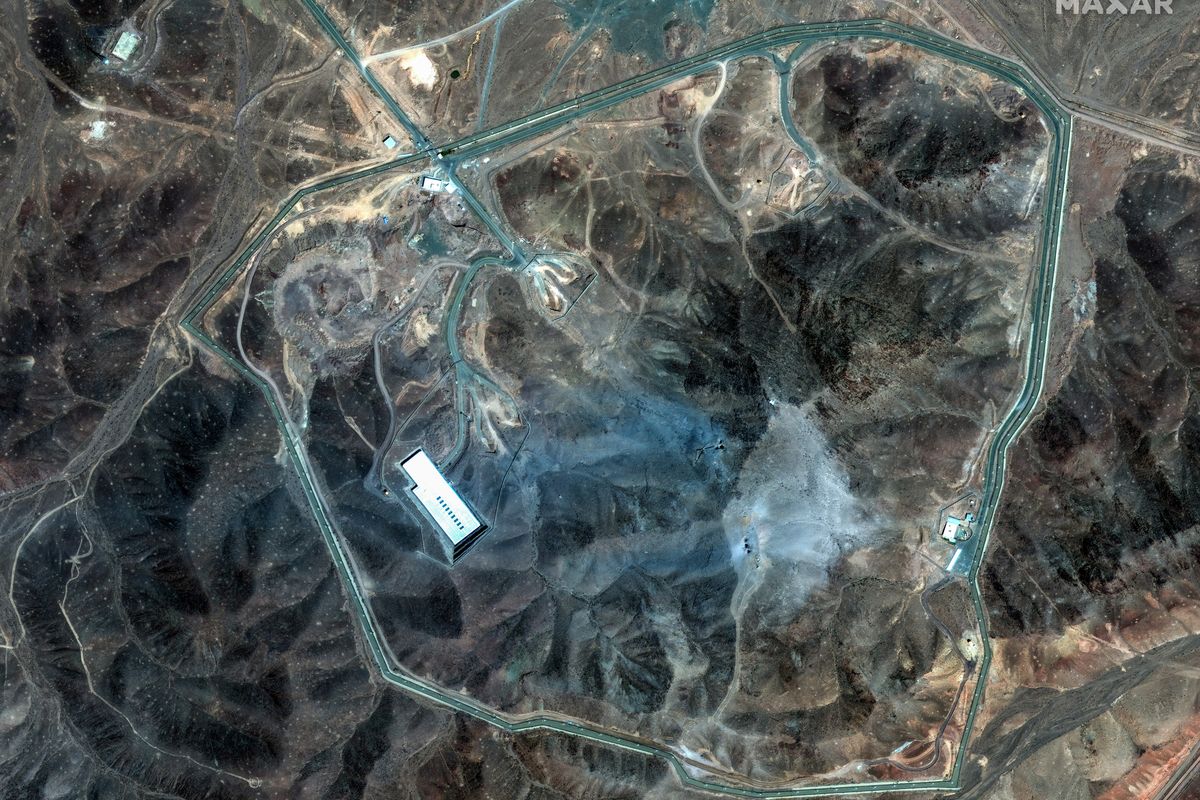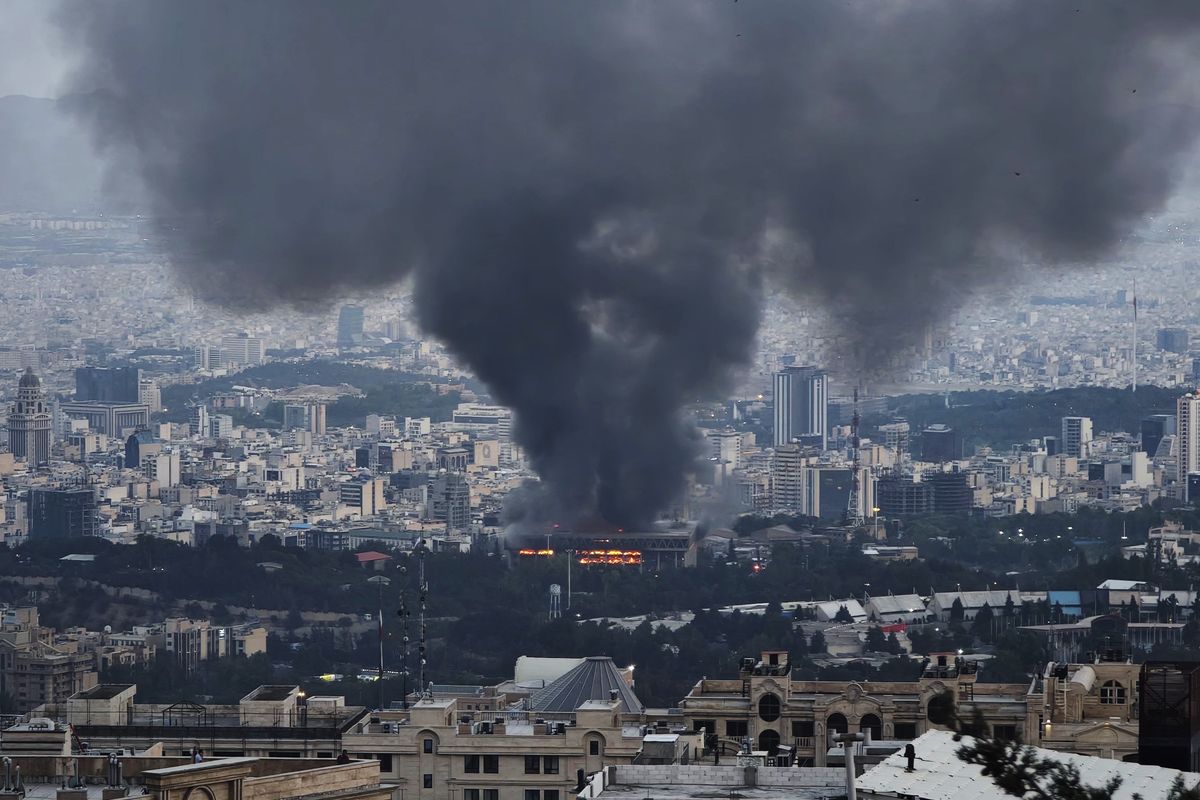Much initial reaction to the North Korean - American Singapore Summit has been negative, with critics targeting the concessions made by President Trump including; a dramatic, public endorsement of Kim Jong-un’s status and a halt to joint U.S.-South Korean military exercises in exchange for North Korea’s commitment to “nuclear disarmament”, which was even more vague and reversible than similar promises made in the past.
But therein lies the analytical challenge—measuring what is happening today against what has happened in the past. In truth, the strategic situation worsened dramatically 18 months ago when it became clear that North Korea would soon succeed in deploying reliable nuclear-tipped ICBM’s that could strike the U.S. This threat is what Barack Obama told President Trump was the most dangerous situation the new President faced, not the reality of North Korean nuclear weapons per se, which Obama had basically ignored with his ‘strategic patience’ policy. Viewing the strategic situation in this context—stopping the final weapons and ICBM tests that would achieve such a capability—Singapore should be seen as the culmination of an extensive, and for the moment successful, high risk diplomatic-military campaign, rather than an uncertain first step to the broader denuclearization goal.
One reason for this failure of analysis (aside from the President’s unique mix of hyperbole and diplomatic faux pas —e.g., using the North’s caustic language “war games” for the joint exercises) is the discounting of the geostrategic significance of such weapons. When then CIA Director Mike Pompeo, along with then National Security Advisor H.R. McMaster and Pacific Commander Harry Harris (who left his post at the end of May) argued that such a capability was a game changer that could decouple the U.S. and South Korea and ultimately risk the peninsula’s reunification on the North’s terms, various analysts either ignored their warnings or attacked their logic, arguing that the motive for any North Korean nuclear program was regime survival (“avoid being a second Saddam”), not a reunification strategy.
The Trump Administration, spurred by Obama’s warning, saw it differently. With the North’s ICBM progress, the U.S. was facing a new, far more dangerous situation. The President thus entered office vowing to stop North Korea from achieving the capability to strike the U.S., and according to numerous sources, readied the military to strike against any new tests. This ‘brink-of-war’ posture apparently was enough to convince the Chinese to impose crushing sanctions, including sanctions on hydrocarbons trade, on Pyongyang.
The combination of serious sanctions with the threat of military action appears to have prompted Kim Jong-un to halt testing. But such a “Stop (of new tests) for a Stop” (imposing even harsher sanctions or military action) alone would not have been stable.
Once the US military found itself tied down in another theater, the North Koreans as in 1968, could resume provocative actions with expectations of impunity; thus the need to cement a temporary “Stop-for-Stop” with a diplomatic process, beginning with Pompeo’s meetings with the North Koreans, and culminating in the Singapore spectacular. This success thus explains the otherwise strange Trump statement upon return to the U.S., that North Korea is ‘no longer a nuclear threat.’
While the Singapore Summit guarantees nothing, especially not the “Complete, Verifiable, Irreversible Denuclearization,” (CVID) that the U.S. hoped for, it did achieve a goal of particular importance to Japan and South Korea by making a return to ICBM and warhead testing, extraordinarily difficult politically. All the sanctions remain in place, and could be tightened even more. The military threat still looms, and a halt to joint exercises could be lifted at any time; but most importantly, Kim would lose the extraordinary “sunk costs” of the Singapore Summit were he to resume testing. Thus, while complete denuclearization may well remain a chimera, the danger Obama spoke about may now well have been averted.
Ironically, Trump’s approach to stopping the most dangerous behavior of an opponent closely mirrors Obama’s approach to Iran: threats of military action coupled with strong economic sanctions and supported by an international coalition, risky direct presidential engagement (Trump at Singapore, Obama’s post-inauguration letters to the Supreme Leader), all for a limited, immediate goal (blocking North Korea’s acquisition of a viable nuclear threat to the US; and delaying Iran’s imminent acquisition of a nuclear device).
While broader denuclearization is given lower priority, the two regimes’ other objectionable behaviors were dealt with vaguely, and desirable regime openings led to immediate results. President Trump, perhaps, could have earned more credit for his Singapore accomplishments had he not raised the bar with rhetoric against his predecessor’s achievement. There is an important part of success which comes from building on the work of those who came before us. That, perhaps, was a relevant, contextual lesson, lost in the rhetoric.




